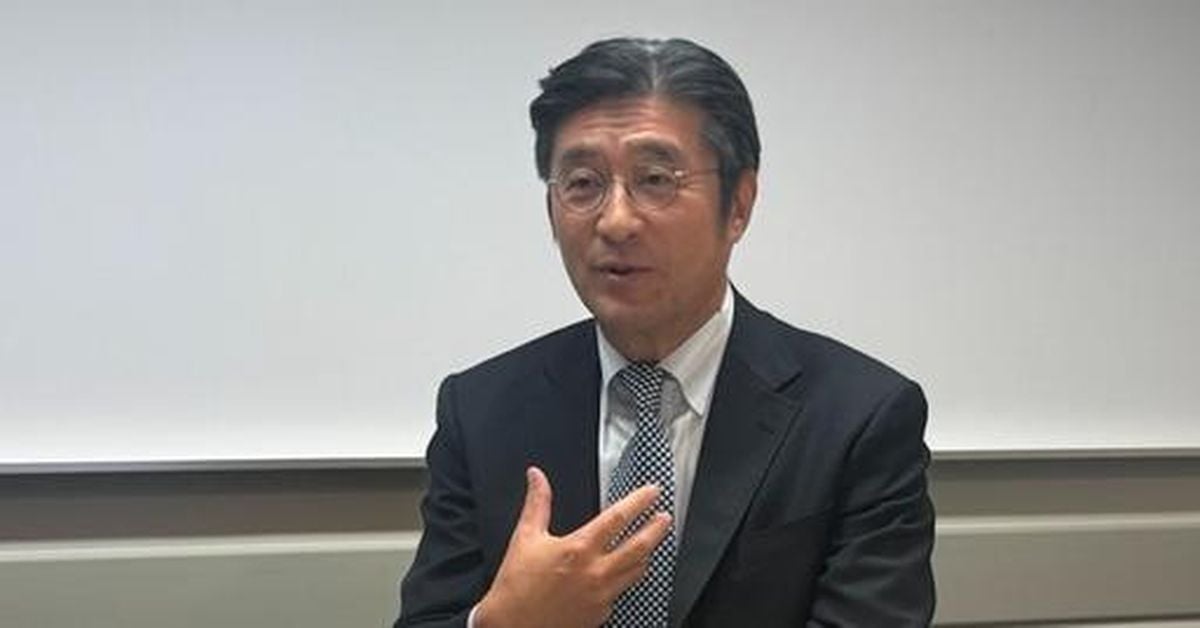Intel has recently announced a series of initiatives aimed at accelerating the adoption of artificial intelligence (AI) at the edge, marking a significant push…

evrimagaci.org
Intel Aims For AI Edge As NVIDIA Faces Price Critique
Recent developments showcase Intel's strategies amidst pricing concerns over NVIDIA's GPUs and market competition.
Intel has recently announced a series of initiatives aimed at accelerating the adoption of artificial intelligence (AI) at the edge, marking a significant push to simplify the integration of AI with existing infrastructure across various industries, including retail, manufacturing, smart cities, and media. The technology giant unveiled the new Intel AI Edge system, Edge AI suite, and Open Edge platform initiative on March 19, 2025, underlining a commitment to enhancing the efficiency and performance of AI applications deployed in real-world scenarios.
Dan Rodriguez, Intel's Corporate Vice President and General Manager of the Edge Computing Group, expressed enthusiasm about the potential for AI integration in existing workflows. "I'm enthusiastic about expanding AI utilization in existing infrastructure and workflows at the edge," Rodriguez stated, highlighting the strong demand for AI-driven solutions that cater to distinct business needs.
According to industry analysts at Gartner, the landscape of data processing is poised for transformation, with predictions indicating that by the end of 2025, fifty percent of enterprise-managed data will be processed outside traditional data centers or clouds. This shift, particularly driven by the integration of AI technologies, is expected to be significant, as companies increasingly rely on data processing at the edge.
Further, it is anticipated that by 2026, at least half of all edge computing deployments will incorporate machine learning, emphasizing the growing importance of AI in data handling and decision-making processes within organizations.
Intel is currently positioned to leverage its extensive footprint in edge deployments; it has over 100,000 real-world edge implementations in collaboration with partners, many of which capitalize on AI functionalities. The new AI technologies are crafted to address multiple industry-specific challenges, underscoring Intel's commitment to enhancing performance standards in edge AI applications.
In a notable development on the following day, March 20, 2025, former Intel CEO Pat Gelsinger issued a biting critique of NVIDIA's pricing structure for its AI GPUs during an interview. He asserted that the current pricing models are "overpriced by 10,000 times the cost required for AI inference," a claim that raises eyebrows around the industry and reflects deep concerns over the affordability of implementing AI solutions.
Gelsinger attributed NVIDIA's recent success to sheer luck rather than a sound strategic framework, suggesting that the company's advancements in AI were more incidental than planned. He emphasized, "AI is in inference, highlighting the need for optimized hardware," pointing to the necessity for improved cost structures as the AI market rapidly evolves.
The discussion surrounding NVIDIA's AI GPU pricing cannot be taken lightly. These GPUs, designed for data center applications, are traded in the tens of thousands of dollars range, making them significantly pricier compared to more affordable specialized hardware developed for inference tasks. Gelsinger's remarks suggest not only industry-wide implications for hardware production but also a serious reassessment of market competitiveness.
Despite Intel’s efforts in the AI domain, the company has faced considerable challenges in maintaining its competitive edge. Recently, it discontinued development of the 'Falcon Shores' AI chip and is now narrowing its focus on the 'Jaguar Shores' initiative. This strategic pivot reflects a recognition of the fierce competition present in the AI semiconductor market, wherein companies like NVIDIA and AMD are currently leading with innovative AI solutions.
Intel’s 'Gaudi' series also aims to deliver cost-effective performance. However, critics argue that its performance falls short when compared to powerhouses like NVIDIA's 'Hopper' and AMD's 'Instinct' lines. This competitive disadvantage is causing Intel to reevaluate its offerings in a landscape that increasingly prioritizes computational efficiency alongside performance metrics.
Looking ahead, Intel is pinning its hopes on the Jaguar Shores line as it seeks to re-establish a foothold in the AI market. However, skepticism remains regarding enterprises’ willingness to pivot away from NVIDIA’s established ecosystem, which is bolstered by its proprietary development environment, CUDA. This ecosystem has proven to be a powerful leverage point, facilitating varying AI applications beyond mere hardware comparisons.
As the industry navigates these turbulent waters, Gelsinger’s statements highlight the urgency for Intel to not only build technologically superior products but also foster a comprehensive ecosystem that includes robust software support and greater cost efficiency. Should the demand for optimized hardware solutions for AI inference grow, as Gelsinger suggests it might, Intel could regain its footing in a rapidly shifting market.
Ultimately, the future of AI market competition appears to be in a constant state of flux, characterized by emerging technologies and changing consumer expectations. The initiatives launched by Intel, coupled with the critical insights shared by industry veterans, make for an intriguing narrative, but the company's ability to adapt and innovate will determine its success in this burgeoning field.










